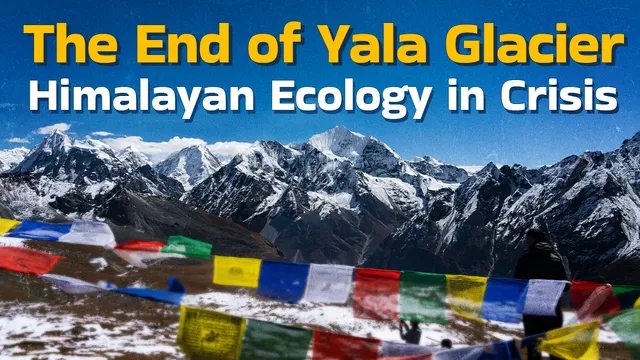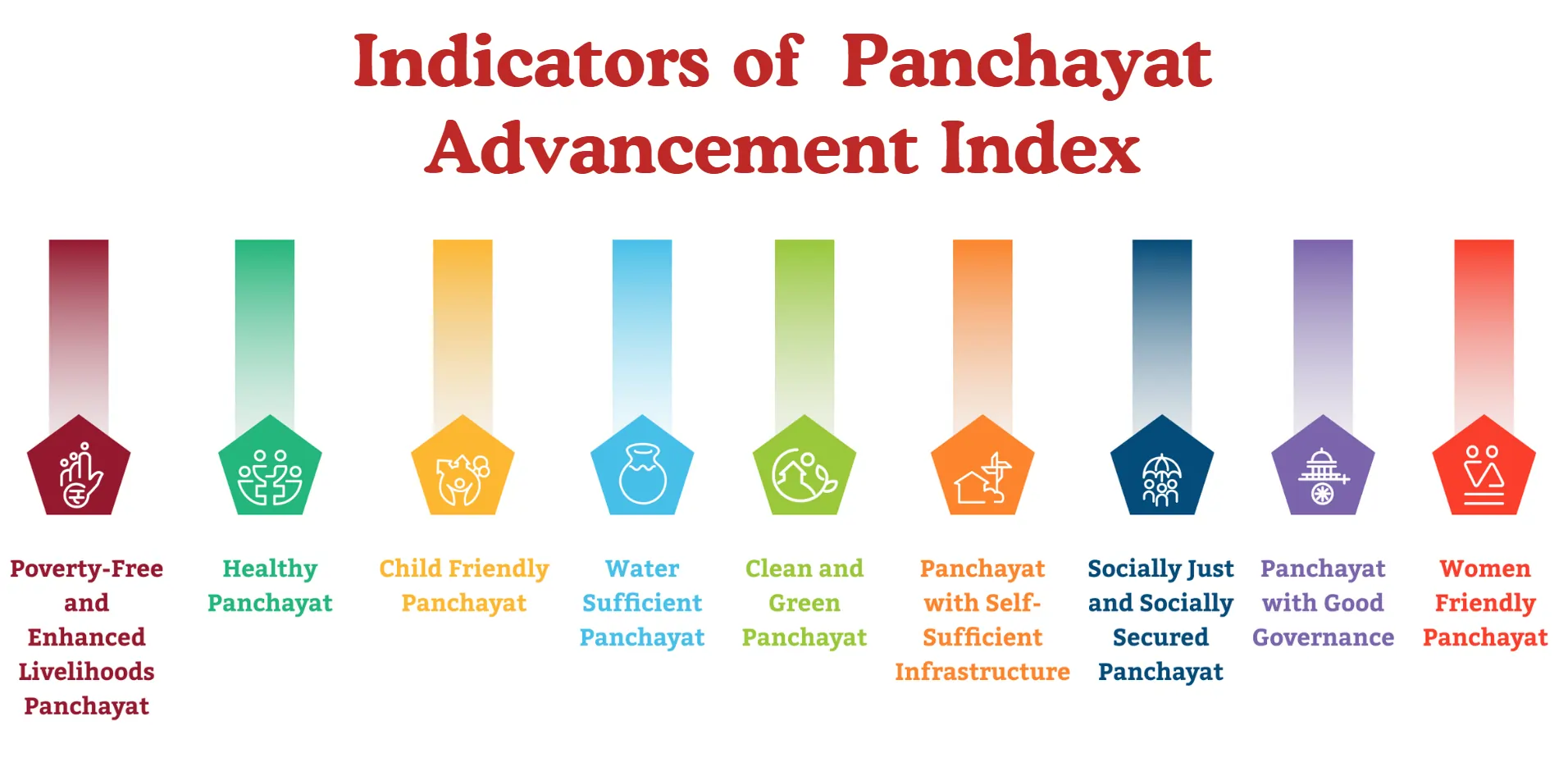- Courses
- GS Full Course 1 Year
- GS Full Course 2 Year
- GS Full Course 3 Year
- GS Full Course Till Selection
- Online Program
- GS Recorded Course
- NCERT (Recorded 500+ Hours)
- Polity Recorded Course
- Geography Recorded Course
- Economy Recorded Course
- AMAC Recorded Course
- Modern India, Post Independence & World History
- Environment Recoded Course
- Governance Recoded Course
- Science & Tech. Recoded Course
- International Relations and Internal Security Recorded Course
- Disaster Management Module Course
- Ethics Recoded Course
- Essay Recoded Course
- Current Affairs Recoded Course
- CSAT
- 5 LAYERED ARJUNA Mentorship
- Public Administration Optional
- ABOUT US
- OUR TOPPERS
- TEST SERIES
- FREE STUDY MATERIAL
- VIDEOS
- CONTACT US
South Korea Becomes a ‘Super-Aged’ Society
South Korea Becomes a ‘Super-Aged’ Society

- Recently, the South Korean Ministry of the Interior and Safety formally declared that South Korea has transitioned into a “super-aged” society.
- This milestone occurred as the share of the population aged 65 or over surpassed 20%, making South Korea the second country in Asia, after Japan, to achieve this status.
Definition of a "Super-Aged" Society:
According to the United Nations (UN), the classification of a society based on its elderly population is as follows:
- Aging Society: When the share of people aged 65+ exceeds 7%.
- Aged Society: When the share of people aged 65+ reaches 14% or more.
- Super-Aged Society: When the share of people aged 65+ exceeds 20%.
Global Status of Aging Populations:
- The global population aged 60 and above was 1 billion in 2020. It is projected to reach 2.1 billion by 2050.
- Population aging, which initially affected high-income countries like Japan, is accelerating in low- and middle-income countries. By 2050, two-thirds of the elderly population will reside in these countries.
India’s Future Aging Demographics:
India’s elderly population is projected to exceed 20% of the total population by 2050, according to the UNFPA (2023).
Challenges of an Aging Society:
As societies become increasingly aged, several challenges arise, spanning economic, social, and infrastructure-related aspects:
1. Economic Challenges:
- Shrinking Workforce: A declining working-age population will reduce the labor force, which may hinder economic growth.
- Rising Healthcare Costs: As the elderly population increases, healthcare demand and associated costs will also rise.
- Increased Expenditure on Social Security Systems: Governments may face greater pressure to provide for pension schemes, healthcare support, and other social welfare programs.
2. Social Challenges:
- Caregiving Responsibilities: Families will face greater caregiving duties for elderly relatives, leading to increased personal and societal burdens.
- Bridging Generational Gaps: Societal cohesion will require efforts to maintain understanding and cooperation between younger and older generations.
3. Infrastructure Challenges:
- Age-friendly Urban Spaces: Cities and urban areas need to be restructured to accommodate the needs of an aging population, including accessible public spaces and housing.
- Transportation Systems: Modifications to public transport systems may be required to support reduced mobility among the elderly.
Steps Taken for the Welfare of Older Adults: Global and National Initiatives
|
Global Initiatives |
India's Initiatives |
|
1. UN - Madrid International Plan of Action on Ageing (2002): Promotes a better quality of life for older adults globally, focusing on their rights and well-being. |
1. National Policy for Older Persons (1999): The policy aims to ensure a life of dignity for older persons and focuses on promoting their welfare, health, and economic security. |
|
2. WHO Global Strategy (2016-2020): Focuses on healthy aging and the creation of age-friendly environments that support the health and participation of older adults in society. |
2. Maintenance and Welfare of Parents and Senior Citizens Act, 2007: Ensures the maintenance and welfare of parents and senior citizens, mandating that children and heirs provide necessary care and support. |
|
3. National Programme for the Health Care for the Elderly (NPHCE): Focuses on providing preventive, curative, and rehabilitative treatment for older adults, ensuring comprehensive health care services for the elderly population. |
|
4. UN Decade of Healthy Ageing (2021-2030): Aims to improve the lives of older adults by promoting healthy aging and reducing age-related inequalities through coordinated global action over the decade. |
4. Ayushman Bharat Pradhan Mantri Jan Arogya Yojana (AB-PMJAY): A public health insurance scheme that provides affordable and accessible healthcare to the elderly, along with other vulnerable populations, ensuring financial protection against medical expenses. |
|
Also Read |
|
UPSC Foundation Course |
|
| UPSC Monthly Magazine | CSAT Foundation Course |



